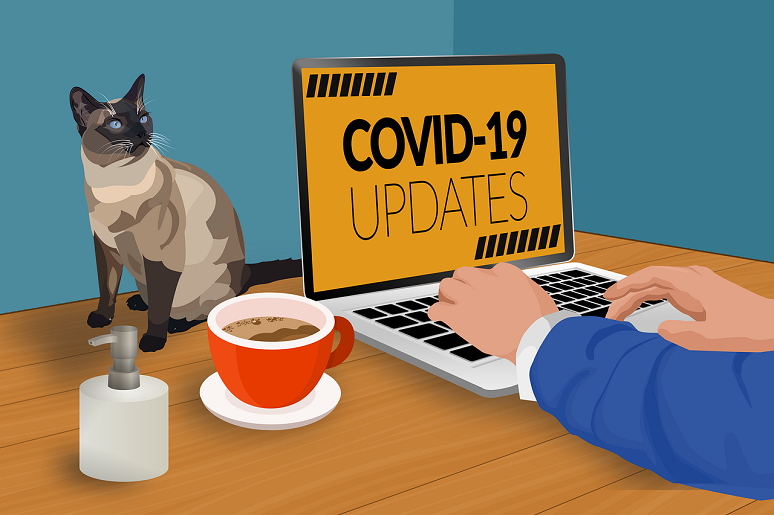Much of the effort that goes into preparing an organization to succeed in the “new normal” brought on by coronavirus (COVID-19) response ties back to technology. In most cases, IT teams already have the skills and knowledge to make remote work happen—like the ability to deploy new platforms and install new hardware. Arguably the most challenging factor in this equation is end-user adoption. Getting your employees, customers, and others to use the technology available within your organization can’t be accomplished by the IT group alone. Much of the responsibility falls to the CIO and others at the leadership level, regardless of the size or industry of the organization.
In order to be able to leverage technology remotely, end users require a solid working knowledge of those tools and how to use them. If they don’t have at least a baseline familiarity, they won’t have a positive or productive experience and the IT team will end up with a black eye when it’s all said and done.
But wait, there’s good news! As an IT leader, you can be the hero.
Adequately prepared organizations – where end users are trained and enabled with resources and support – are already on the road to workforce-readiness success. Their employees understand how to use the technology that’s available to them, and can transition to working offsite without losing momentum.
IT can help improve the work-from-home experience in simple ways. For example:
- Ensure your users know how to quickly schedule and launch meetings from their native productivity applications. For example, one-click scheduling within Outlook eases the burden on the end-user and helps prevent a cluttered desktop.
- Ensure employees are aware of advanced features such as automated transcription (notetaking), meeting recording for those that can’t attend, and blurred or background images to their videoconference feeds. That helps their home offices (even if they’re in a basement or child’s bedroom in real life) look professional and don’t have any distractions in the background.
- Add a personal touch when possible. Pick up the phone or have your team members do the same to check-in, ask end users how they're doing, and what you can do to support them better. Also, offer additional support if doing so will decrease tension and stress.
If users don’t know new features exist, or the tricks to get into a virtual conference room on short notice – and if your employees aren’t inquisitive enough to discover them on their own – then the experience is diminished for everyone.
Remember that remote work isn’t a one-for-one swap with working in a traditional office. It’s easy to become preoccupied during an audio-only call. For example, when e-mails or this afternoon’s presentation beckon. The ability to hold collaboration sessions without distractions, such as knowing how to mute when a dog is barking in the background or understanding how to blank out a bright window in a seldom-used home office, means your users have a better experience, and their productivity will remain high.
It’s up to your company’s leadership to make end-user adoption – and enablement – a priority. Organizations that do a better job enabling their teams to leverage those tools will see more positive user experiences, while also enjoying increased productivity and improved social dynamics, whether most of your communication is internal or customer-facing.









